Seven Appealing Watches, Each With a Different Winding System
We generally split mechanical watches into manual or automatic, but there's a whole range of methods to grind some gears.
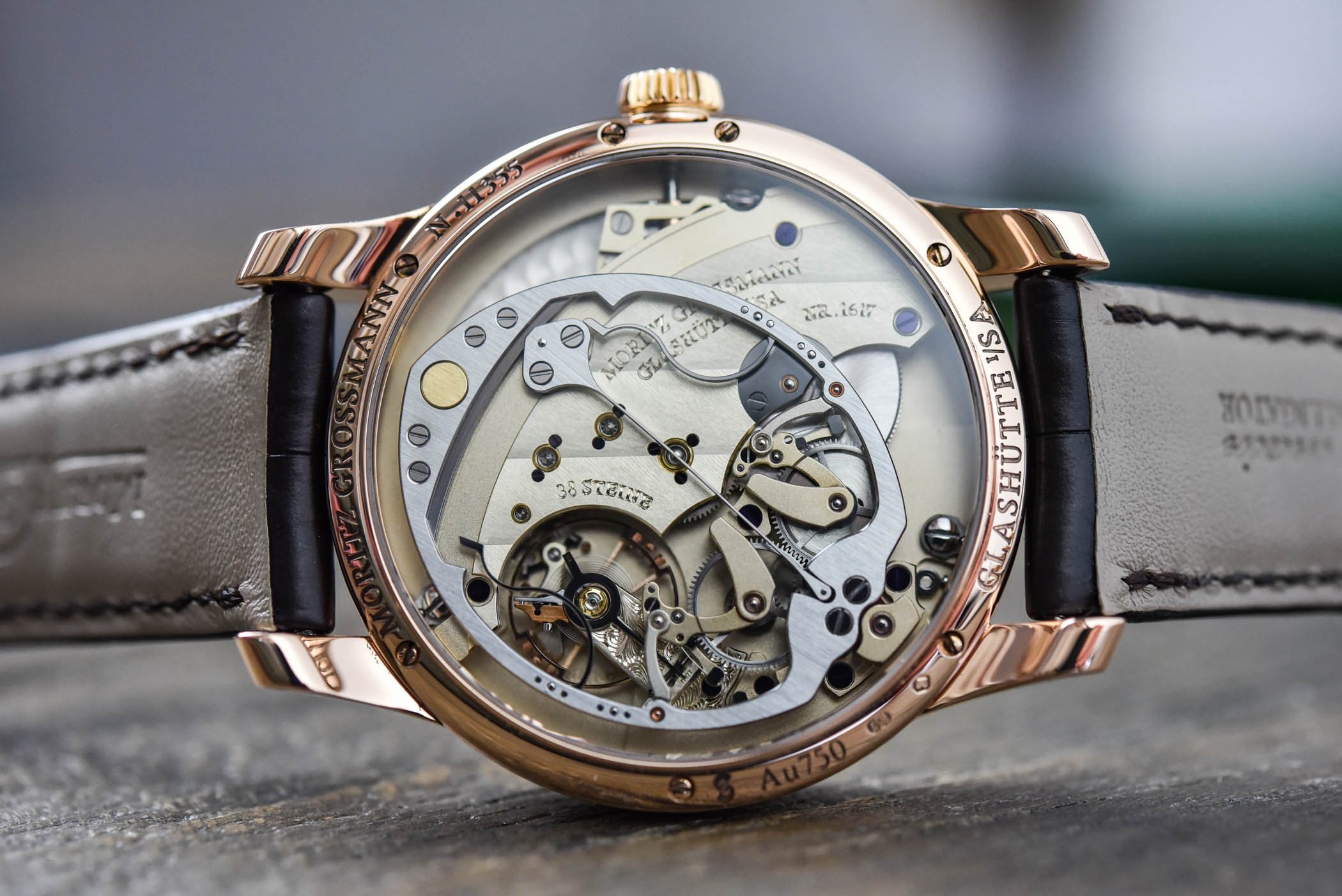
When it comes to mechanical watchmaking, it’s common practice to split it down to the middle and group together manual winding watches on one end, and automatic ones on the other. But, as we will showcase in this Buying Guide, there’s a whole range of systems developed to provide energy to a watch. Sure, manual winding is the most historic way to do things, but over time some pretty interesting solutions have been introduced. So with that in mind, the Buying Guide goes technical again and looks at several different ways to wind your watch!
Manual winding – grand seiko elegance sbgw301
Manual wound watches are very common, but we have noticed that it’s becoming more of a “bragging right” for brands. One of the finest examples in recent months comes from Grand Seiko which is known as the Elegance Hand-Wound SBGW301. This dashing 37mm wide steel dress watch houses a manual wound movement, where rotating the crown transfers energy through the keyless works to the barrel. This is perhaps the oldest winding technique used in watchmaking today, and a very tactile one at that. It gives you genuine interaction with your watch beyond the point of setting hands, which can be a very soothing experience.
For more information, please visit Grand-Seiko.com.
Quick Facts – 37.3mm x 11.7mm – stainless steel case, Zaratsu-polished – sapphire crystal front & back – pull-out crown – splash resistant – matte ivory-coloured domed dial – faceted & polished indices & hands – Calibre 9S64, in-house – manual winding – 28,800vph – 72h power reserve – accuracy of +5 to -3 seconds per day – hours, minutes, seconds – black crocodile leather strap with pin buckle – EUR 5,100
bumper winding – Alpina Startimer Pilot Heritage
Next up is Alpina’s hommage to an often forgotten automatic winding system; the bumper automatic. A central rotor would swing back and forth over a 120- to 200-degree path (most commonly), only to be stopped by a spring at either end of its trajectory. This so-called bumper system was detrimental to the development of automatic watches. This concept was simple and effective, but not as efficient as the eventual 360-degree rotating central winding mass we’ve grown accustomed to. Nevertheless, this Alpina Startime Pilot Heritage fittingly celebrates this important mechanical step in watchmaking history and innovation.
For more information, please visit AlpinaWatches.com.
Quick Facts – 42mm x 13.25mm – stainless steel case, brushed & polished – optional yellow gold-plating – sapphire crystal front & back – 100m water-resistant – silver, champagne or blue dial – painted or applied indices or Arabic numerals – hour & minute hands with luminous inserts – Calibre AL-709, in-house bumper automatic – 330-degree rotor – 28,800vph – 38h power reserve – calf leather strap with pin buckle – limited to 188 pieces each – EUR 2,850 (steel) – EUR 2,950 (gold-plated)
Central rotor – zenith chronomaster sport titanium
The most common way to wind a watch nowadays is with a central rotor, such as the one in the recently introduced Zenith Chronomaster Sport Titanium. Such a rotor winds a full 360 degrees in both directions, to tighten the mainspring so the watch can run. It’s one of the most efficient ways to do so and has been around for decades. Throughout history, many watchmakers have toyed around with a self-winding system for a watch (pocket and/or wrist), including the likes of Abraham-Louis Perrelet and Abraham-Louis Breguet but it wasn’t until the early 1900s serious strides in the technology were made and it became mainstream.
For more information, please visit Zenith-Watches.com.
Quick Facts – 41mm x 13.60mm – titanium case, brushed & polished – titanium bezel with tachymeter scale – sapphire crystal front & back – 100m water-resistant – nickel-grey dial with applied indices – triple-coloured snailed subcounters – faceted hands with Super-LumiNova – El Primero Calibre 3600, in-house automatic – 36,000vph – 60h power reserve – 1/10th of a second chronograph – 3-link titanium bracelet or black FKM rubber strap with folding clasp – CHF 10,900 (rubber) – CHF 11,400 (bracelet)
Micro-rotor – h. Moser & cie streamliner small seconds
The downside of a full-sized winding rotor is that it blocks most of the view of the movement and adds a considerable bit of height. A solution to bypass both is the micro-rotor, where a smaller winding rotor is incorporated into a movement’s construction rather than on top of it. This H. Moser & Cie Streamliner Small Seconds Micro-Rotor for instance, has one made of platinum, giving it a sufficient weight to wind the movement despite its small size. The micro-rotor mechanism is considered as one of the most elegant technical solutions in watchmaking and can be found in both affordable and (very) expensive watches far and wide.
For more information, please visit H-Moser.com.
Quick Facts – 39mm x 10.9mm – stainless steel case, brushed & polished – sapphire crystal front & back – screw-down crown – 120m water-resistant – gradient blue Grand Feu enamel dial with hammered texture – applied indices – hour & minute hands with Globolight inserts – HMC 500, in-house micro-rotor automatic – 21,600vph – 3-day power reserve – platinum micro-rotor – hours, minutes, small seconds – integrated bracelet with folding clasp – CHF 29,900 incl. VAT
Peripheral rotor – Carl F. Bucherer Manero peripheral perpetual calendar
The Swiss watchmaking house of Carl F. Bucherer is known for many things, but primarily perhaps for its use of peripheral winding technology. Found in a wide range of watches (but not all), this system puts the winding rotor on the outer edge of the movement instead of on top of it. This again reduces the height of the movement compared to one with a central rotor but retains the strong kinetic energy a full-sized winding mass provides. Many watches by Carl F. Bucherer include this system, from elegantly simple time–and-date ones to very complicated models such as this Manero Peripheral Perpetual Calendar.
For more information, please visit Carl-F-Bucherer.com.
Quick Facts – 41.6mm x 11.73mm – 18k rose gold case, brushed & polished – sapphire crystal front & back – 30m water-resistant – black, green or taupe dial – applied indices & hands, rose gold-plated – Calibre CFB A2055, peripheral automatic – COSC-certified chronometer – 28,800vph – 55h power reserve – hours, minutes, perpetual calendar with date, month, leap year and double moon-phase – alligator leather strap with folding clasp – EUR 41,000
Pendulum winding – Moritz Grossmann Hamatic
Not content with any of the aforementioned automatic winding systems, Moritz Grossmann opted for something else entirely. Based on the principle of a pendulum winding system, the German high-end Manufacture developed the superb Hamatic. The concept is based on the Perpétuelle movement by Abraham-Louis Breguet, and has a winding mass that swings back and forth like in a pendulum clock. There’s no real need for such a system as it’s comparable to regular winding systems in terms of efficiency, but Moritz Grossmann’s reasoning behind it is to simply do it because it can be done. And who are we to argue with that logic?
For more information, please visit Grossmann-Uhren.com.
Quick Facts – 41mm x 11.35mm – three-part case in 18k rose or white gold – sapphire crystal front & back – 30m water-resistant – solid silver dial, opaline – printed Roman numerals – manually crafted heat-annealed steel hands – recessed small seconds subdial – Calibre 106.0, in-house pendulum automatic – 312 parts – 21,600vph – 72h power reserve – hours, minutes, small seconds – hand-stitched alligator leather strap with gold pin buckle – EUR 57,000
linear winding – hublot mp-10 tourbillon
The Hamatic isn’t the only watch that relies on such an unconventional winding system, as the cutting-edge Hublot MP-10 Tourbillon Weight Energy System Titanium (what’s in a name!) comes with a rarely seen linear winding system. This extravagant watch is wound by two solid gold masses sliding back and forth on rails on either side of the movement. Shock absorbers on either end of the rails prevent them from colliding with the banking and causing issues. The Calibre HUB9013 can also be wound by hand if desired, so this Hublot comes full circle with the manually wound Grand Seiko at the beginning of this Buying Guide.
For more information, please visit Hublot.com.
Quick Facts – 54.1mm x 41.5mm x 22.4mm – titanium case – sapphire crystal front & back – 30m water-resistant – Calibre HUB9013, in-house – automatic with linear weights – 592 components – 21,600vph – 48h power reserve – hours & minutes on rollers, seconds on tourbillon escapement, power reserve indication – black structured rubber strap with titanium folding buckle – limited edition of 50 pieces – EUR 275,000


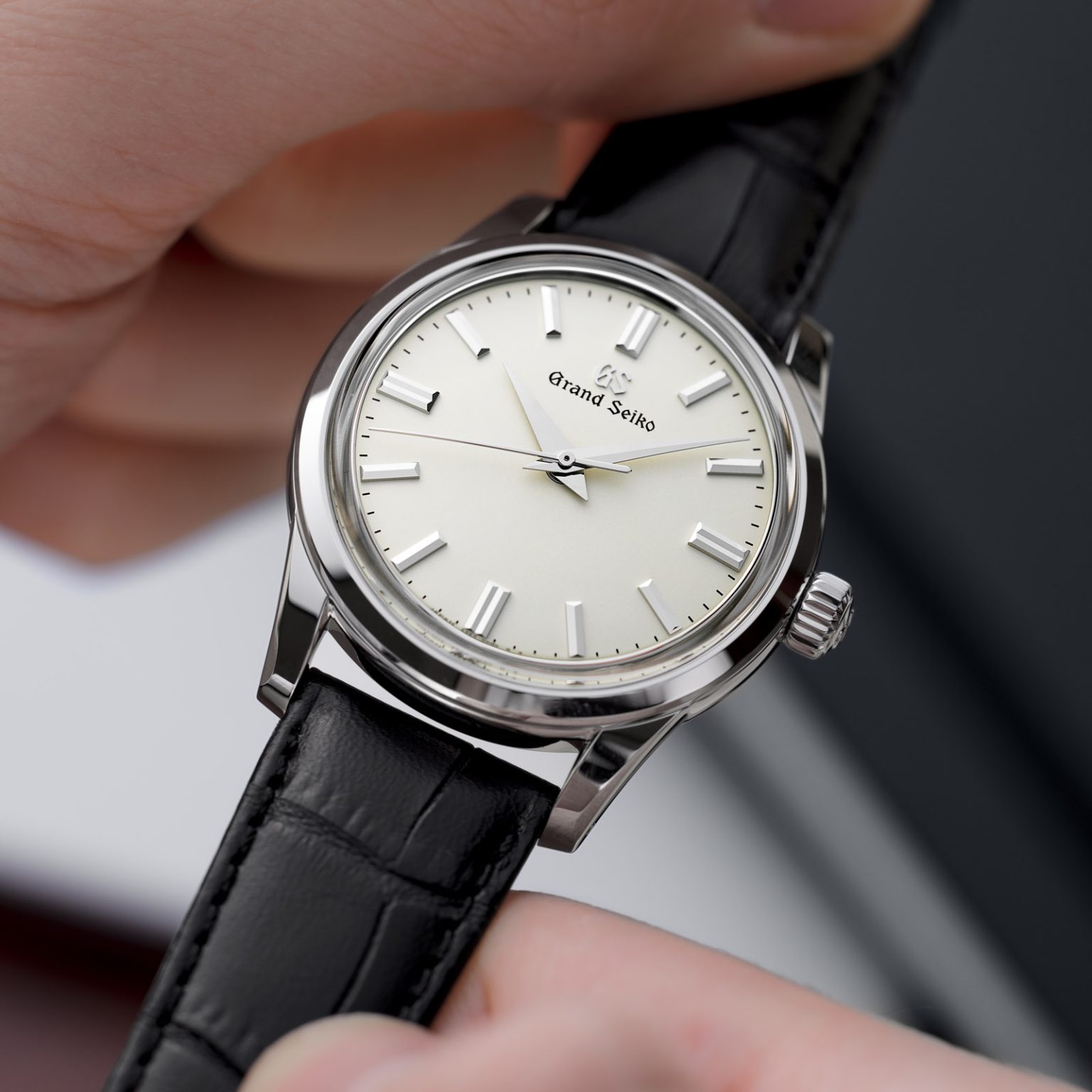

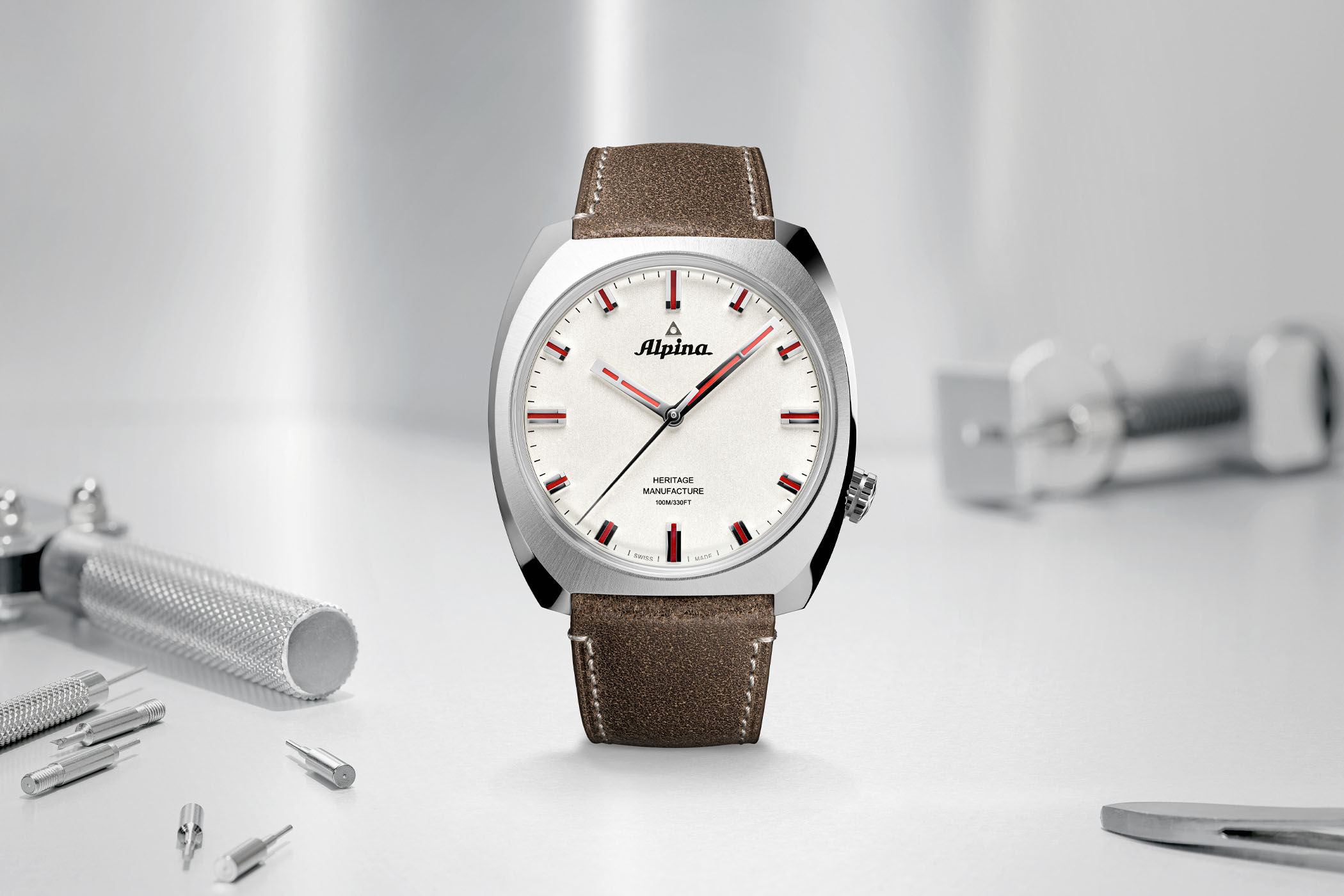

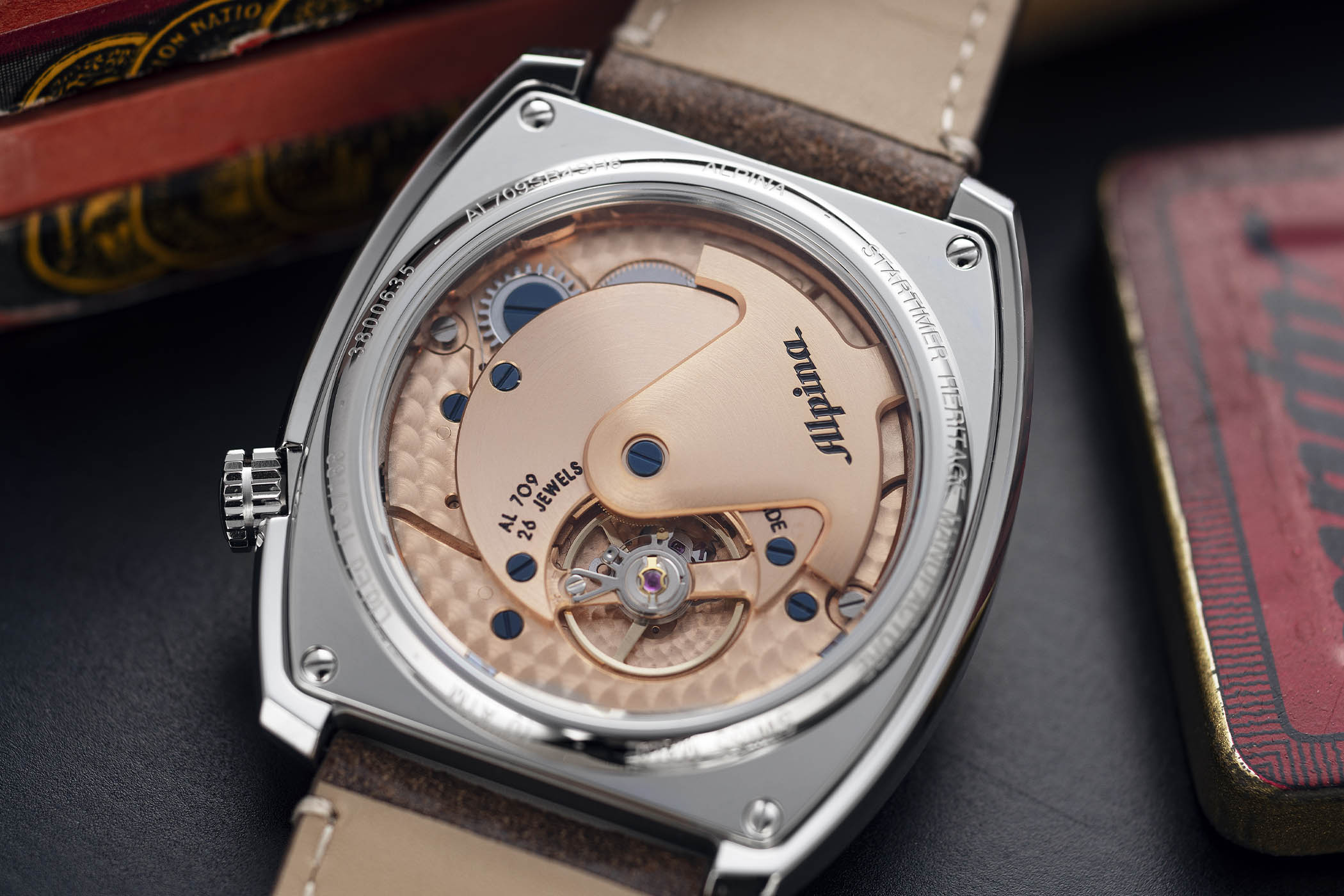

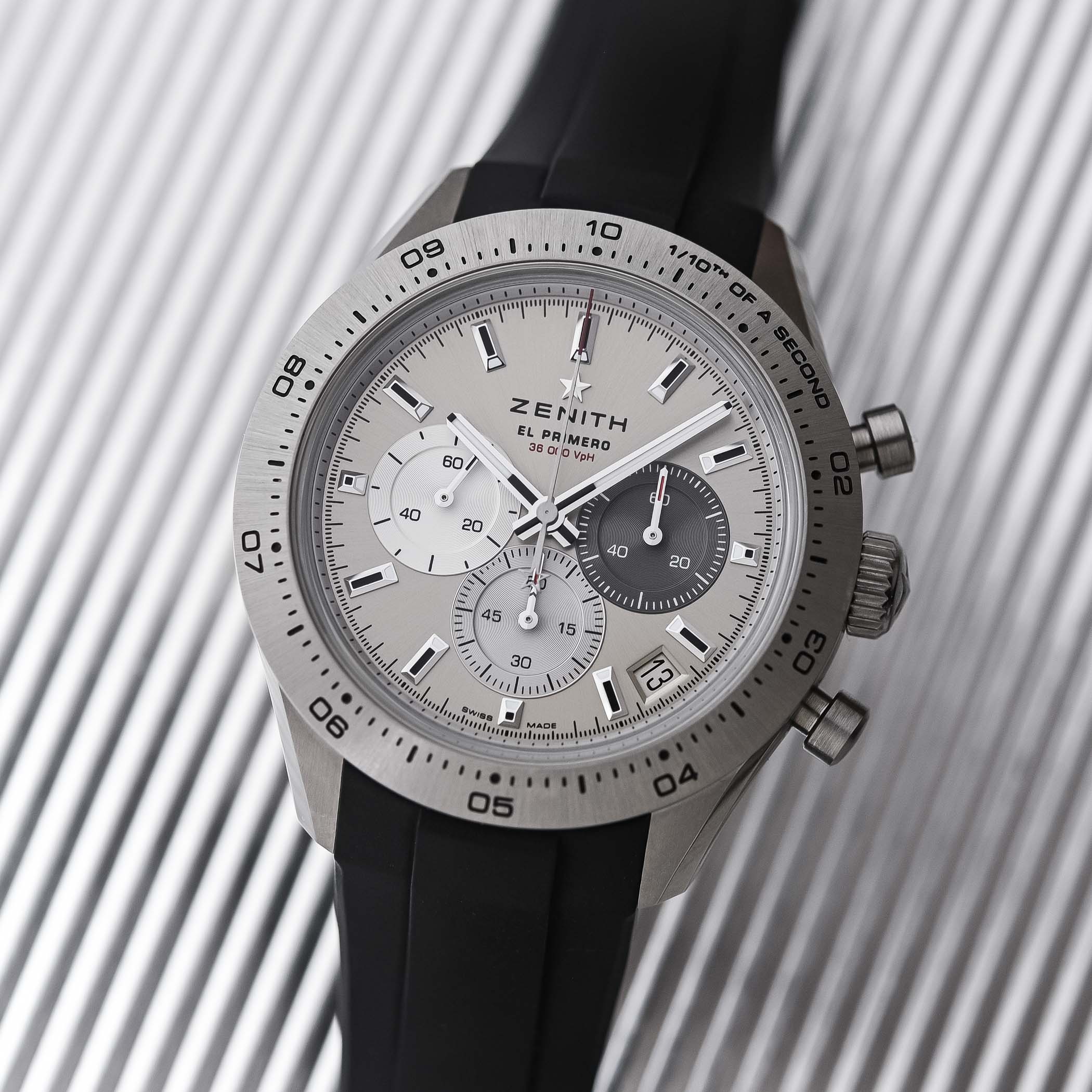

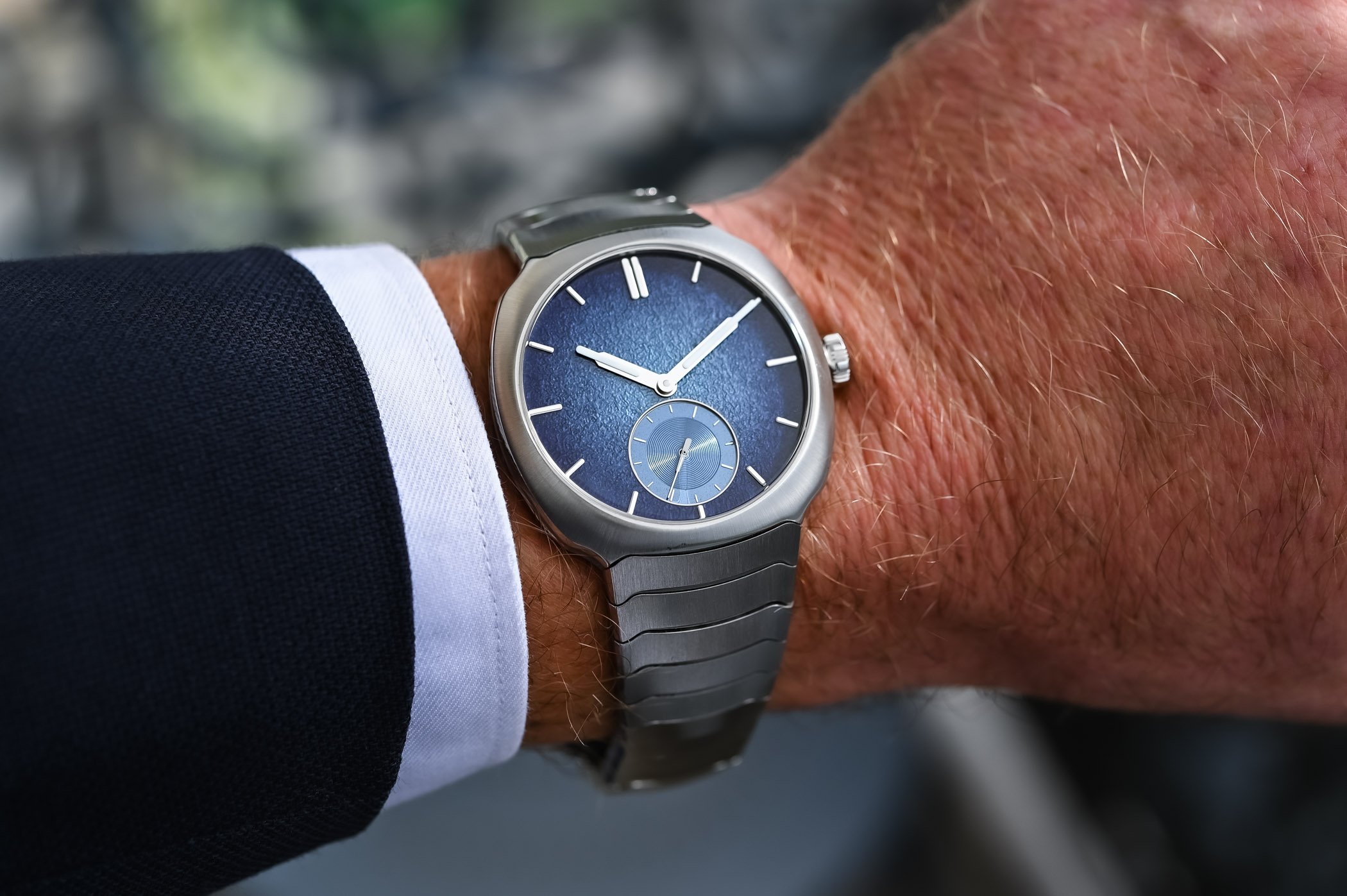
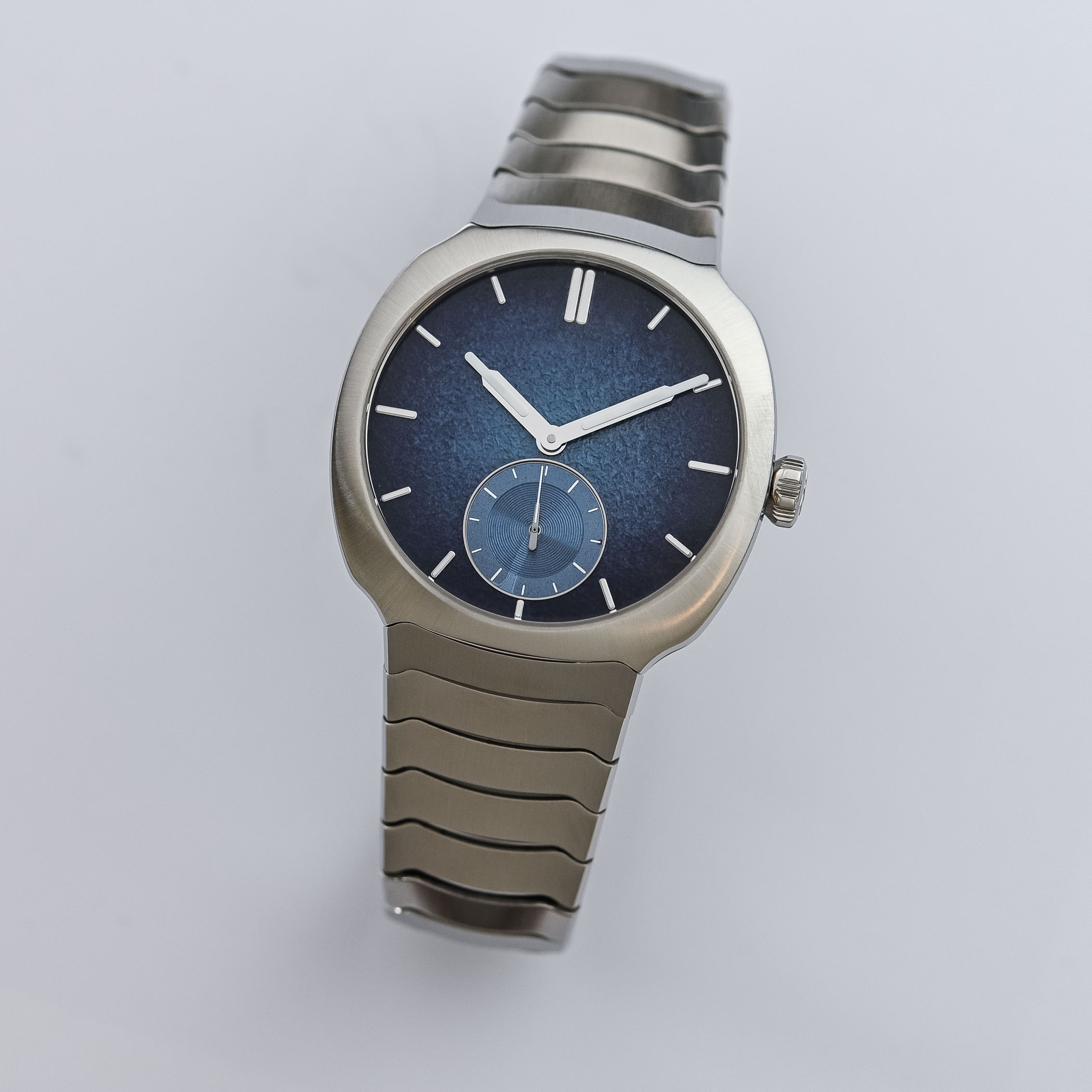

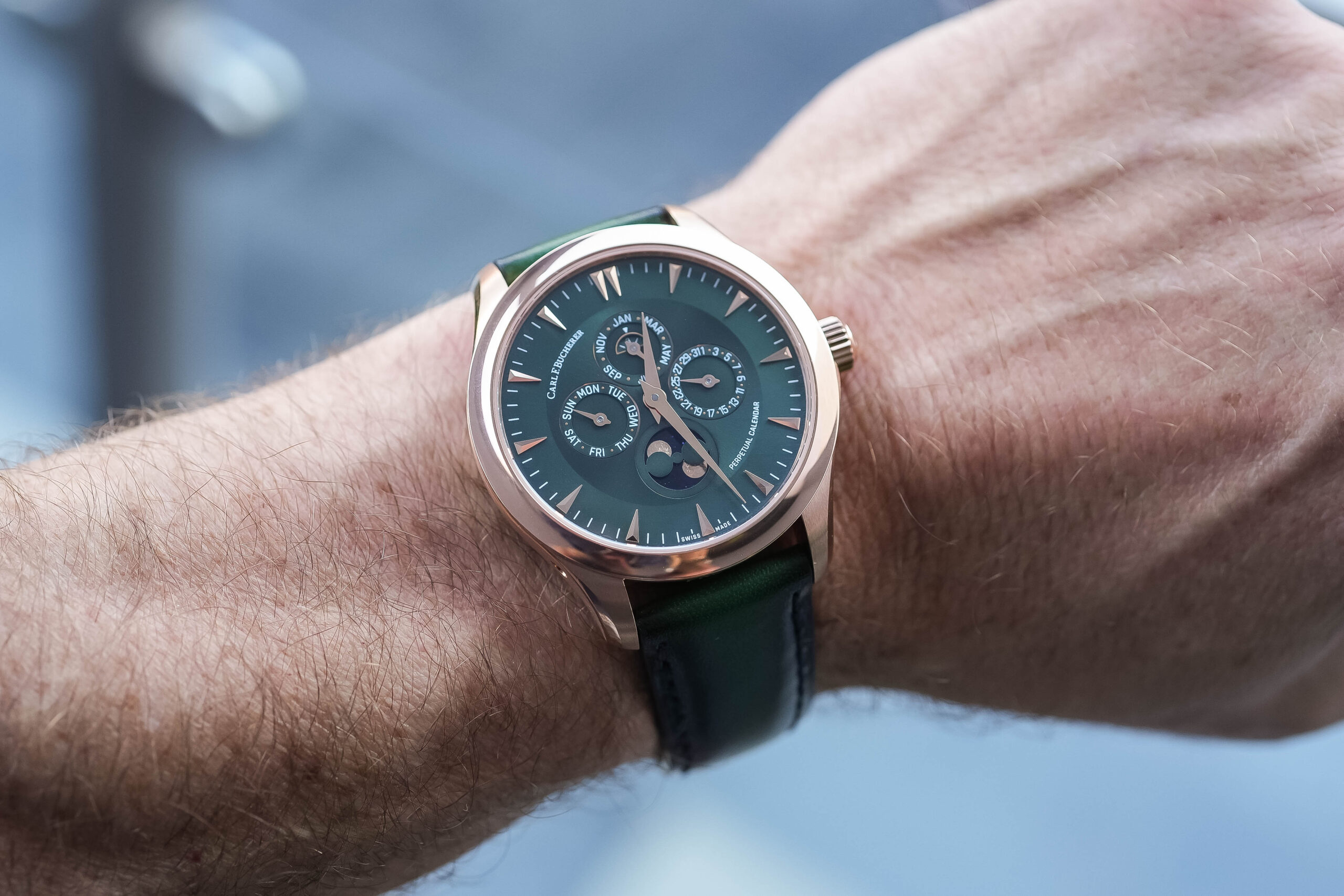

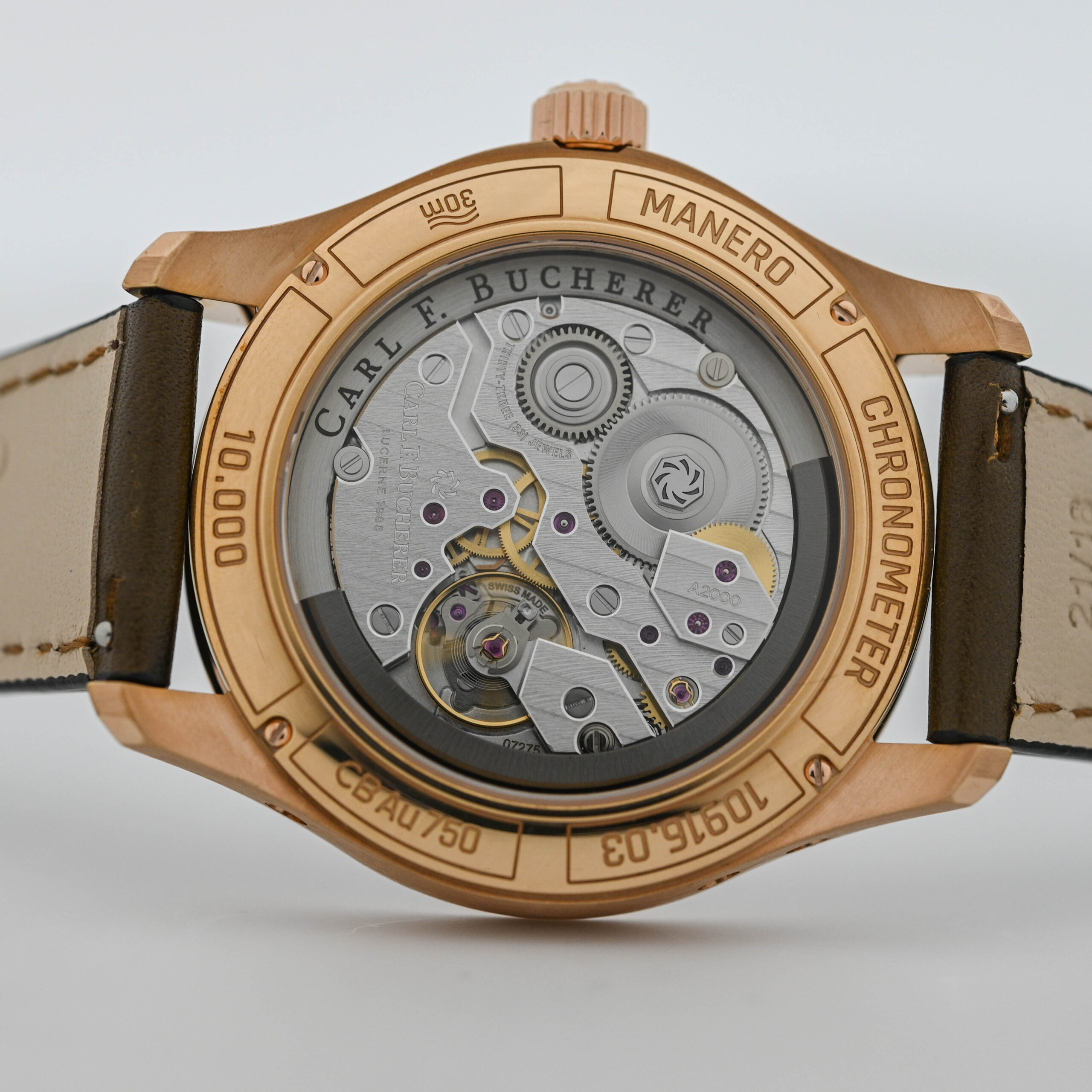
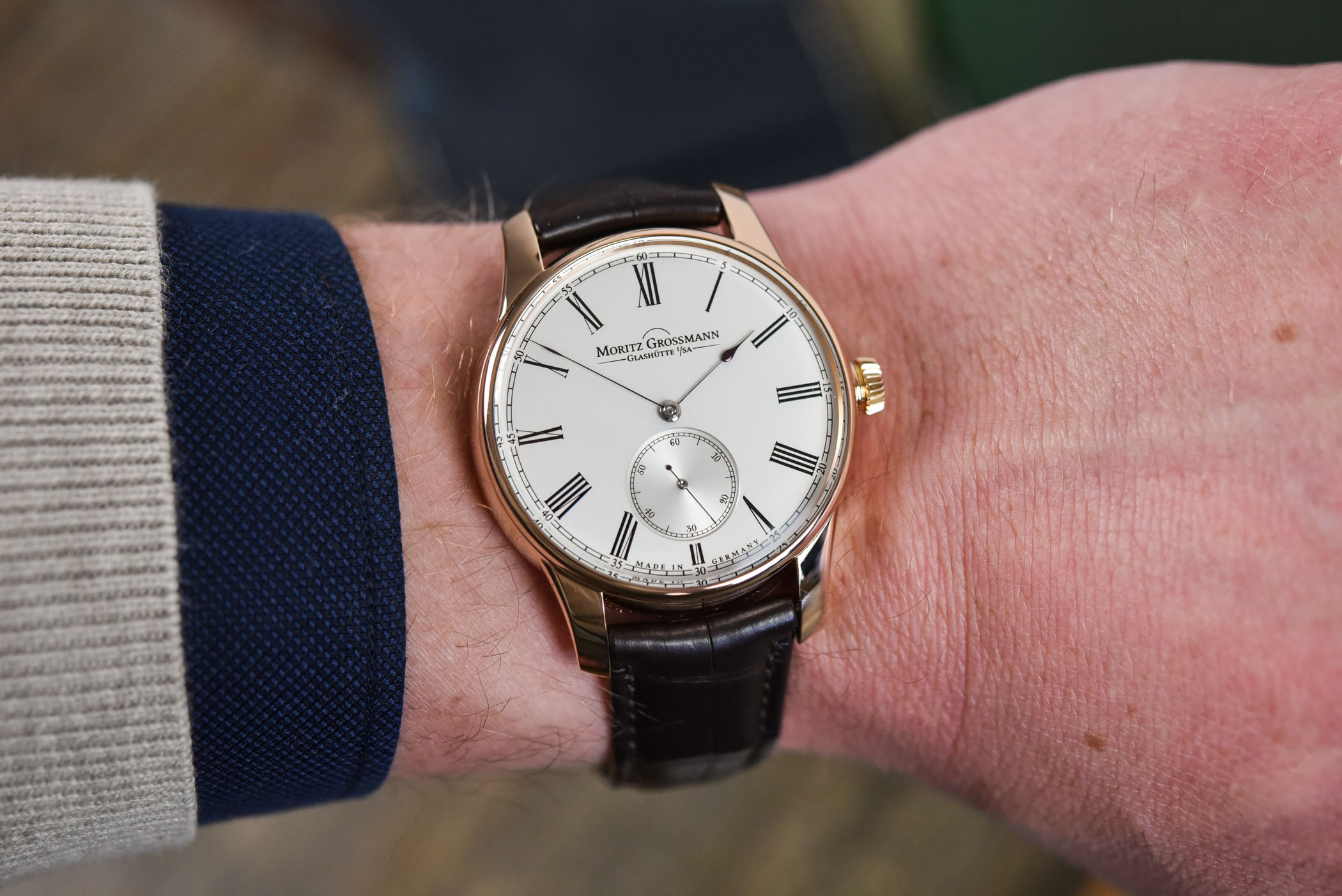

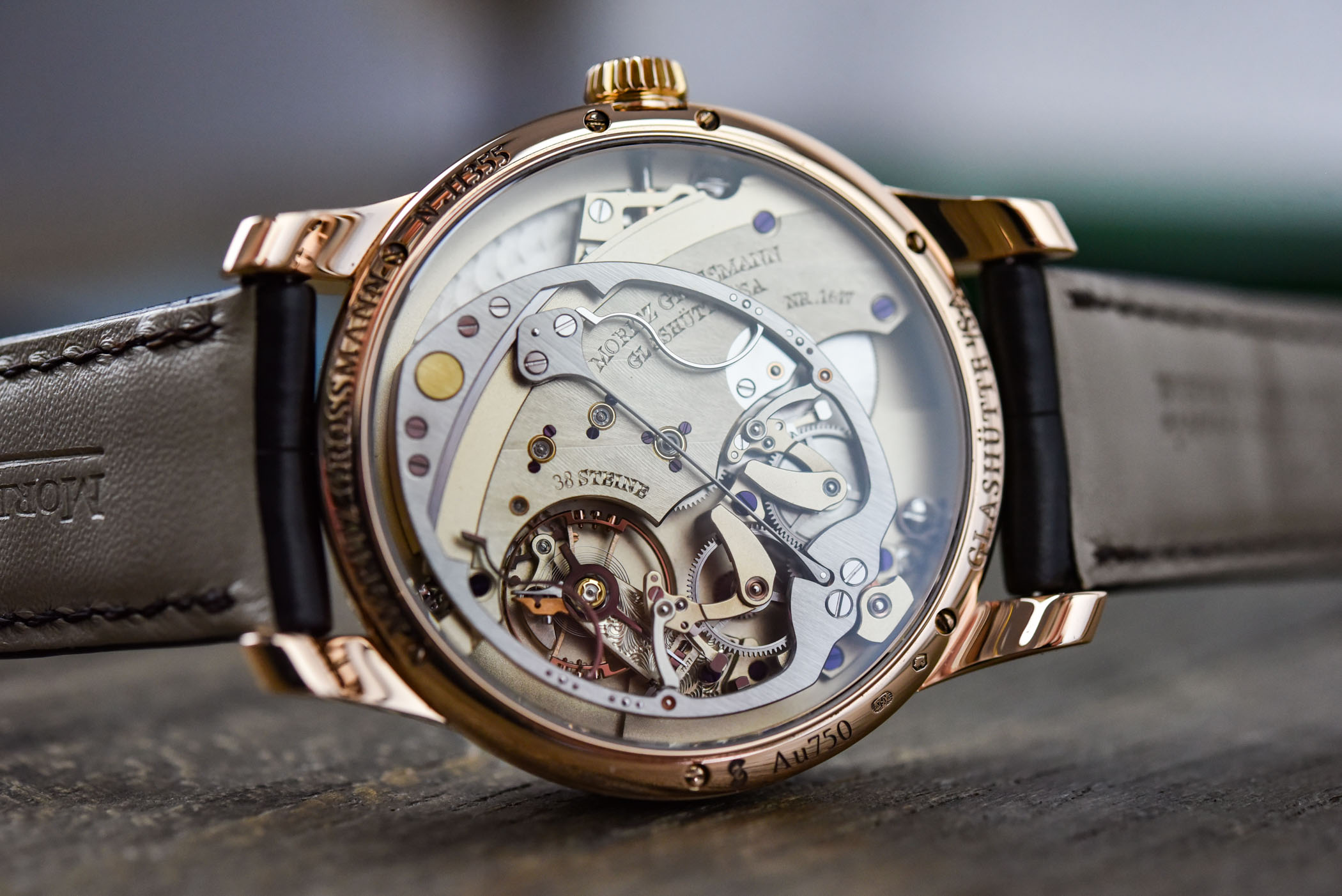

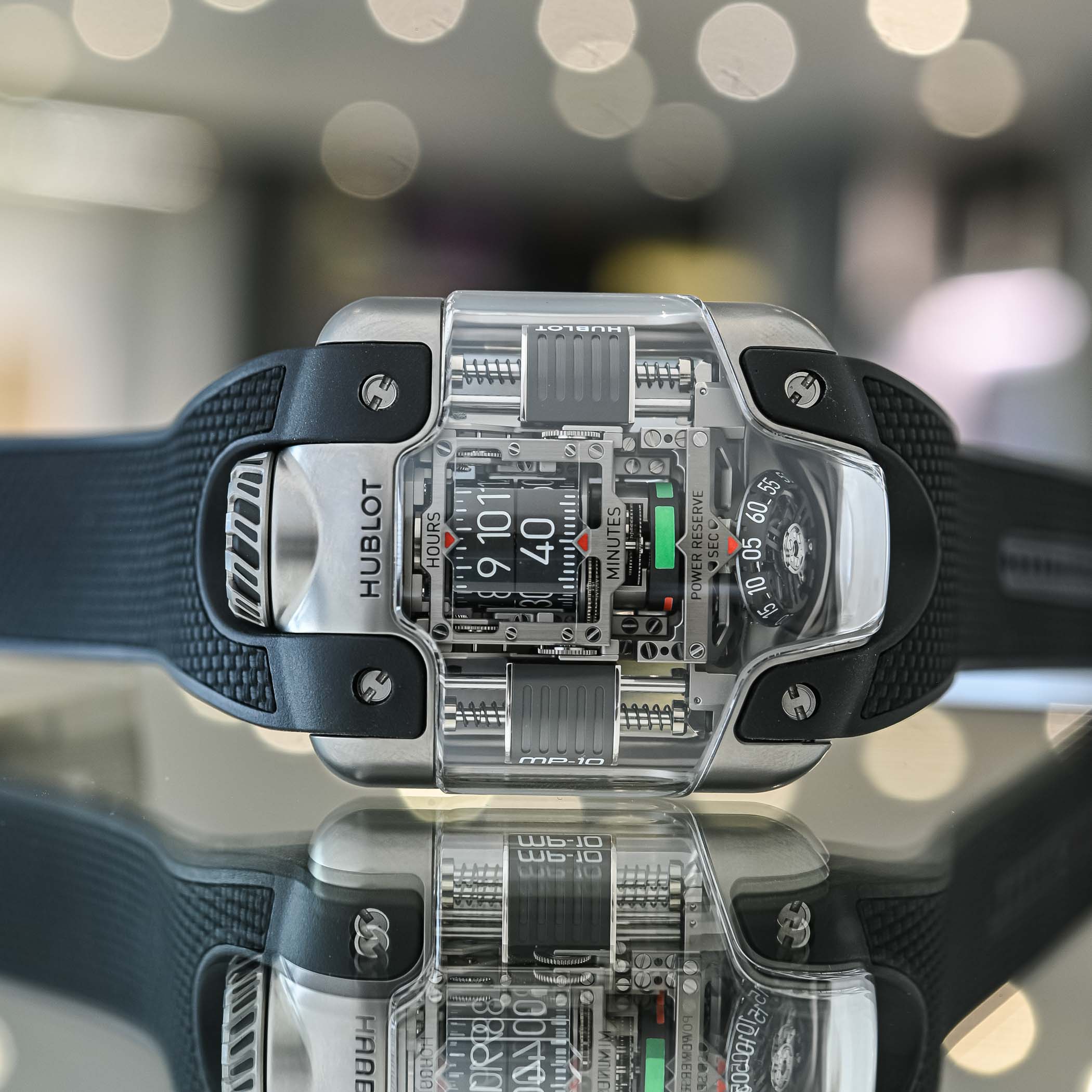

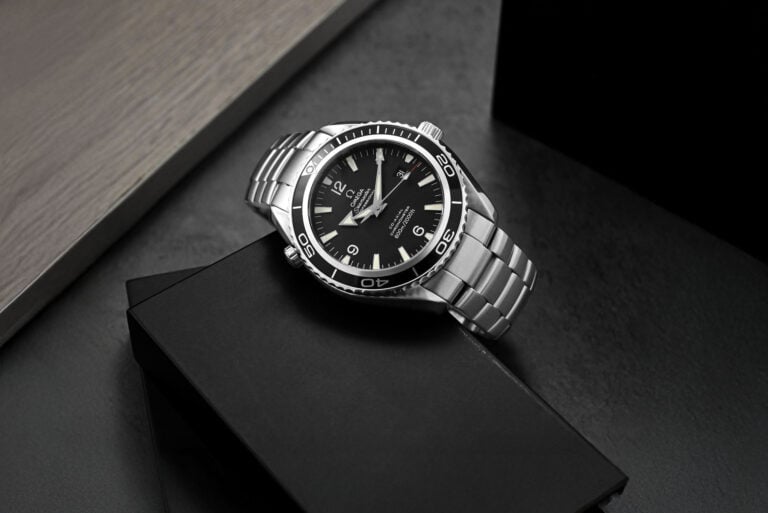
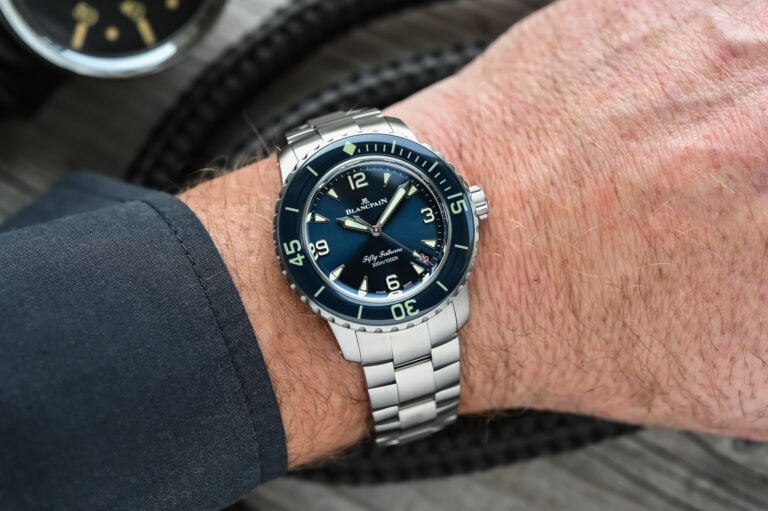
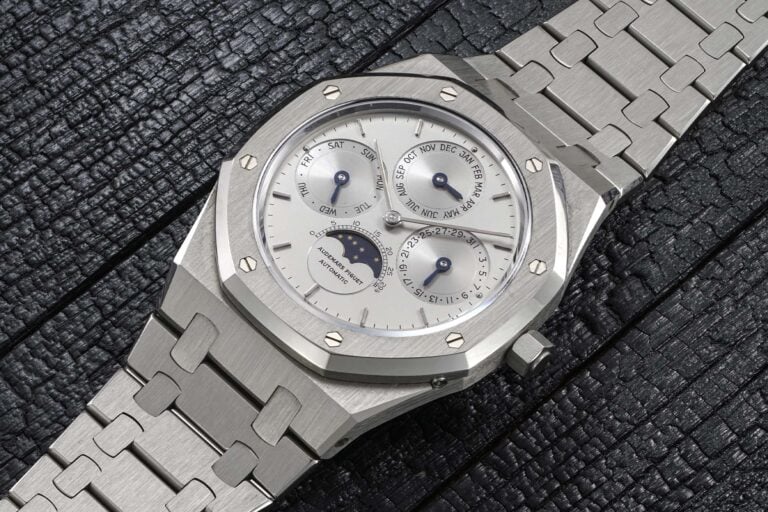
2 responses
“This so-called bumper system was detrimental to the development of automatic watches.”
Huh?
V4 by TAG-Heuer, I have seen it once only around early 2000, but was something similar to the Hublot, vertical weights sliding up and down, with cables, for around £ 40,000.00 at the time.
Rob